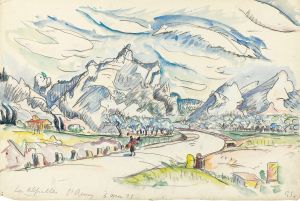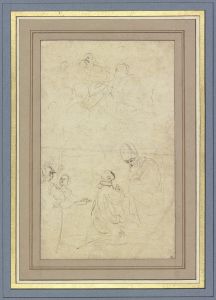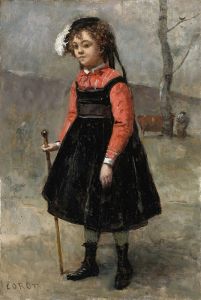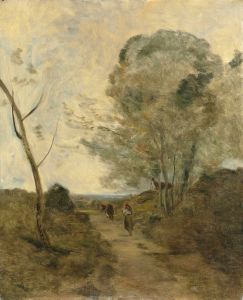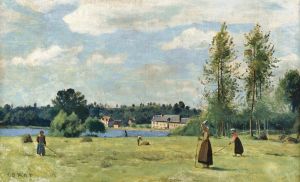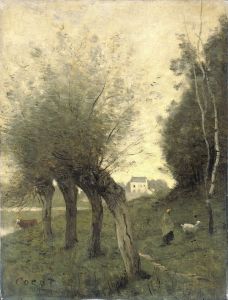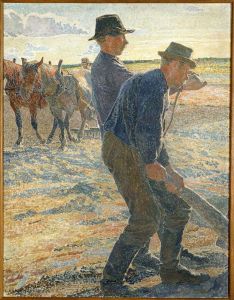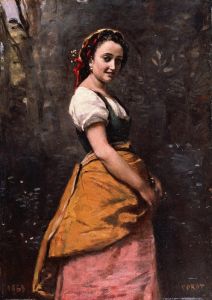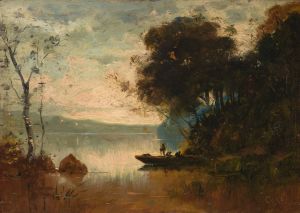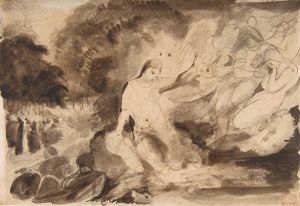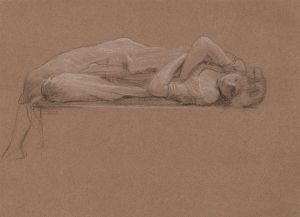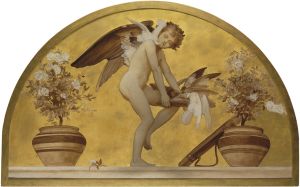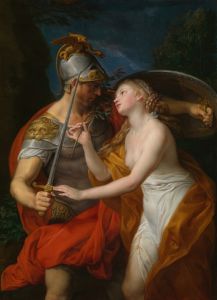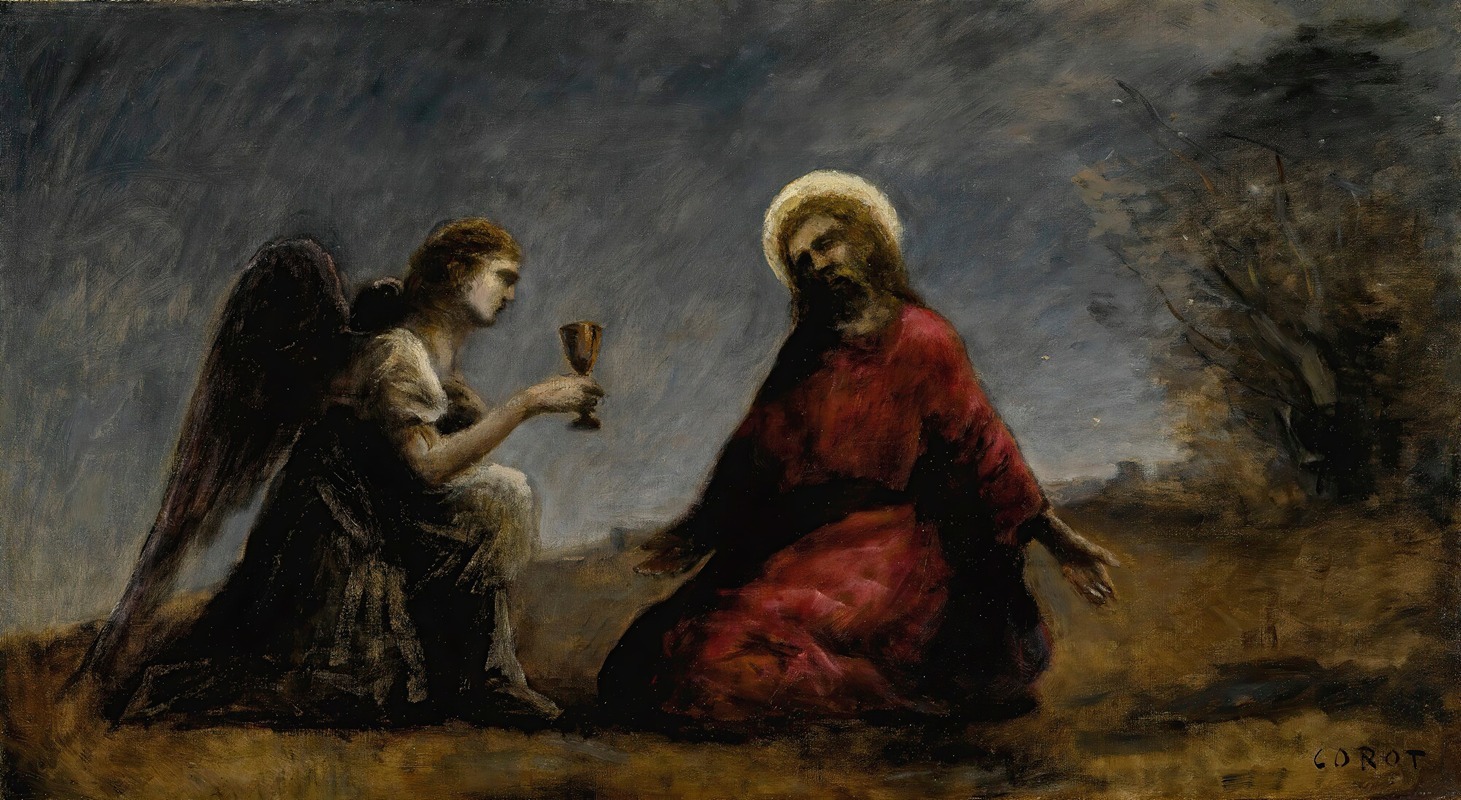
Le Christ Au Jardin Des Oliviers
A hand-painted replica of Jean-Baptiste-Camille Corot’s masterpiece Le Christ Au Jardin Des Oliviers, meticulously crafted by professional artists to capture the true essence of the original. Each piece is created with museum-quality canvas and rare mineral pigments, carefully painted by experienced artists with delicate brushstrokes and rich, layered colors to perfectly recreate the texture of the original artwork. Unlike machine-printed reproductions, this hand-painted version brings the painting to life, infused with the artist’s emotions and skill in every stroke. Whether for personal collection or home decoration, it instantly elevates the artistic atmosphere of any space.
Jean-Baptiste-Camille Corot, a prominent French landscape and portrait painter, is renowned for his contributions to the Barbizon School and his influence on the Impressionist movement. One of his notable works is "Le Christ au Jardin des Oliviers" (Christ in the Garden of Olives), which reflects his unique approach to religious themes, a subject he explored less frequently compared to his landscapes.
Corot was born on July 16, 1796, in Paris, France, and he developed an early interest in art, eventually studying under Achille-Etna Michallon and Jean-Victor Bertin. His artistic journey was marked by extensive travels throughout Europe, where he absorbed various influences that shaped his style. Corot's work is characterized by its harmonious blend of realism and idealism, often capturing the serene beauty of nature with a poetic sensibility.
"Le Christ au Jardin des Oliviers" is an example of Corot's ability to convey emotion and spirituality through his art. The painting depicts the biblical scene of Jesus praying in the Garden of Gethsemane, a moment of deep contemplation and impending sacrifice. Corot's interpretation of this scene is imbued with a sense of tranquility and introspection, achieved through his masterful use of light and shadow.
In this painting, Corot employs a subdued color palette, which enhances the somber mood of the scene. The soft, diffused light creates a sense of calm and reflection, inviting viewers to engage with the spiritual narrative. Corot's brushwork is delicate and precise, capturing the gentle contours of the landscape and the figure of Christ with a sense of reverence and humility.
Corot's approach to religious subjects, as seen in "Le Christ au Jardin des Oliviers," is notable for its departure from the dramatic and theatrical interpretations common in earlier religious art. Instead, Corot focuses on the human and contemplative aspects of the story, emphasizing the personal and emotional connection between the viewer and the subject.
Throughout his career, Corot remained committed to exploring the interplay between light and nature, a theme that is evident in "Le Christ au Jardin des Oliviers." His ability to capture the ephemeral qualities of light and atmosphere is a hallmark of his work, and it is this sensitivity to the natural world that has earned him a lasting place in the history of art.
Corot's influence extends beyond his own time, as he played a crucial role in the transition from traditional academic painting to the more modern approaches of the Impressionists. Artists such as Claude Monet and Camille Pissarro admired Corot's work, drawing inspiration from his innovative techniques and his ability to convey mood and emotion through landscape.
"Le Christ au Jardin des Oliviers" exemplifies Corot's unique contribution to religious art, offering a contemplative and serene interpretation of a profound biblical moment. Through his skillful use of light, color, and composition, Corot invites viewers to reflect on the spiritual and emotional dimensions of the scene, highlighting his enduring legacy as a master of landscape and emotion.





